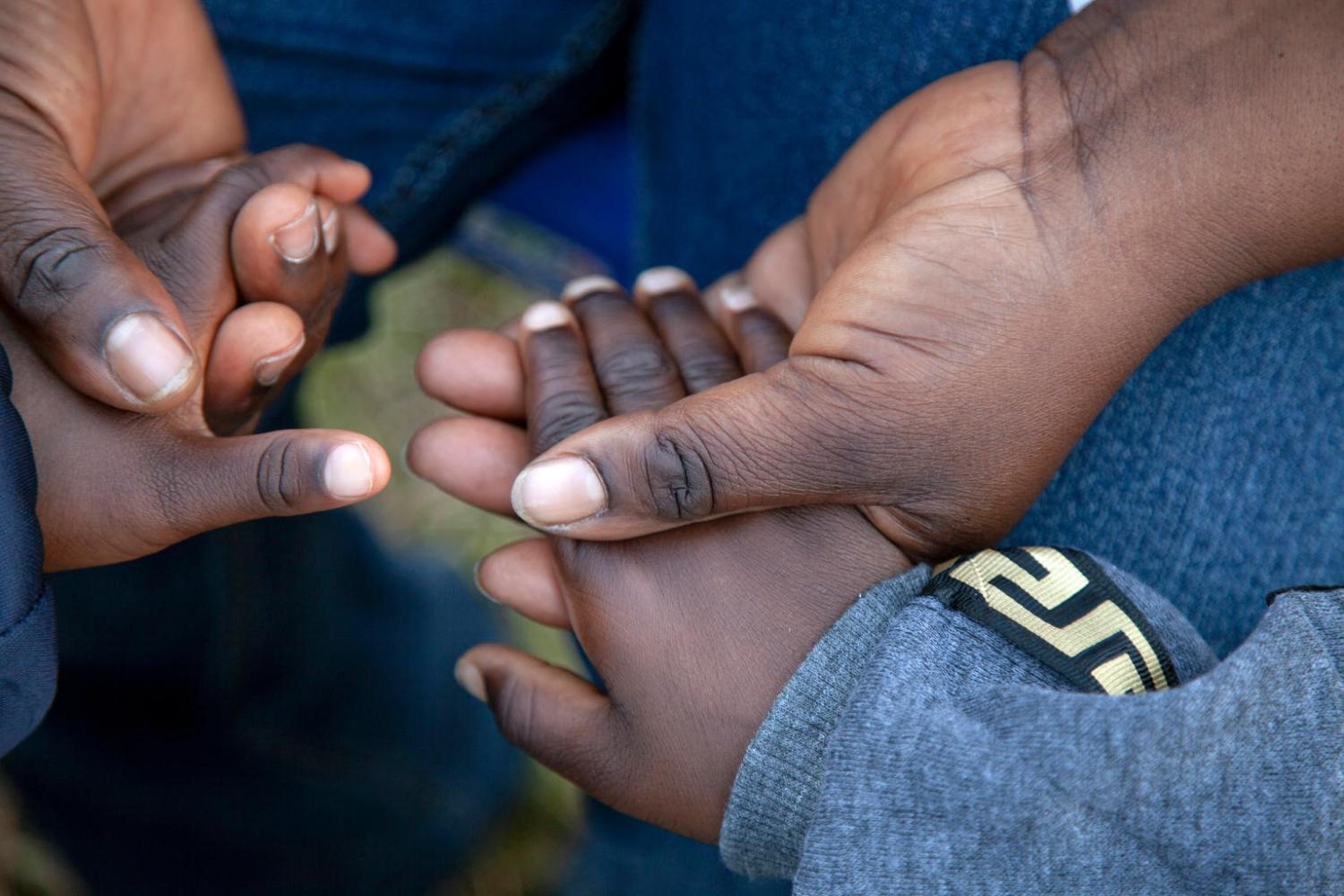A new World Health Organization (WHO) analysis of Ebola infections in children under 5 years old in the Democratic Republic of the Congo's (DRC's) outbreak found that parents often avoid taking them to Ebola treatment centers and that the youngsters are less likely than other groups to be added to contact tracing lists.
In other outbreak developments, the DRC's health ministry in updates yesterday and today said Ebola has infected 29 more people, 1 of them a health worker who died from the disease.
Terrible toll on young children
The information on Ebola trends in children came from the WHO's weekly snapshot of the outbreak, posted yesterday, and it shows high deaths rates in the youngest patients. The WHO said drilling down into the epidemiologic data helps officials spot gaps in the Ebola response and points to possible evidence-based improvements.
Children younger than 5, as of May 28, have made up 15% of all Ebola cases, and, of 300 cases in the age-group, 19 are listed as probable.
Though children under 5 are brought to health facilities sooner than kids older than 5, most aren't being referred to Ebola treatment centers (ETCs), with parents opting to take them to multiple local healthcare facilities. The WHO said possible reasons for avoiding ETCs could be parents' fear of being far from home away from family support.
"More work needs to be done to reduce fear and misunderstanding of ETCs and to reduce any other barriers to access, with a special focus on this age group," the WHO said, adding that not isolating sick people—including kids younger than 5—poses a considerable transmission risk to health workers, patients, and the community.
In another key finding, the analysis showed that only 28% of kids younger than 5 were registered as contacts of earlier cases, compared with 41% of those older than 5. The WHO added that the percentage under surveillance for both groups is similar, at 18% and 20%, respectively. "The reasons underlying these low figures are unclear at this time and further investigations are ongoing," it said.
When WHO scientists looked at the case-fatality rate (CFR) in the youngest children, they found that it was 77%, notably higher than the CFR of 57% for Ebola patients older than 5.
The aency said the pattern is similar to what was seen in West Africa's outbreak and that a number of factors might explain the higher CRF in young kids. Possible explanations could include lower proportions of young children treated at ETCs, higher baseline mortality, and missed vaccination owing to kids not being listed as contacts.
Not surprisingly, CFRs were much lower in younger and older kids (50% and 39%, respectively) who were treated in ETCs when compared with those who weren't (86% and 68%, respectively).
The WHO said the finding reinforces the need to work with communities, especially parents of young children, to seek care at ETCs as early as possible to give kids the best chance at survival. Kids of all ages, including babies, with suspected or confirmed Ebola can get specific, supportive care at ETCs, where pediatric-specific equipment is available, along with trained specialists and access to experimental therapies.
DRC reports reflect ongoing activity in several hot spots
In daily updates yesterday and today, the DRC's health ministry reported 29 more cases, raising the total to 1,974 infections, which includes 1,880 confirmed and 94 probable cases. Health officials are still investigating 328 suspected cases.
The latest cases continue to be reported from the main hot spots, both big and small. They include Mabalako (9), Katwa (7), Beni (4), Butembo (3), Musienene (2), Kalunguta (2), Mandima (1), and Vuhovi (1).
Twenty-one more people died from Ebola, including 12 in the community, an occurrence that raises the risk of further transmission. The fatality count now stands at 1,323.
One of the new community deaths was in a vaccinated health worker from Mabalako who self-medicated and refused transfer to an ETC. The patient's infection raises the number of health workers infected in the outbreak to 109 and the number who died from the disease to 37.
See also:
May 30 WHO statement
May 30 DRC statement
May 31 DRC statement

















